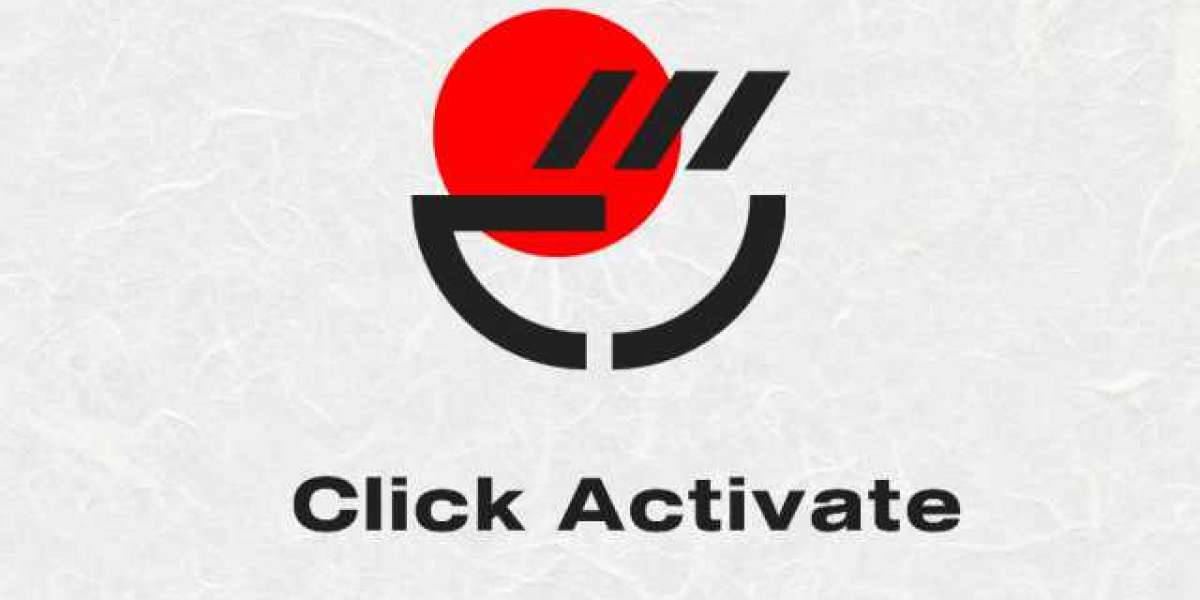VEGFR-2 Inhibitor Market Size and Growth
The VEGFR-2 inhibitor market is experiencing significant growth due to advancements in cancer treatment and a shift toward precision medicine. VEGFR-2 inhibitors are primarily used in the treatment of various cancers, including renal cell carcinoma (RCC), non-small cell lung cancer (NSCLC), colorectal cancer, and hepatocellular carcinoma (HCC). The global market size for VEGFR-2 inhibitors is expected to continue growing, driven by the increasing incidence of these cancers and the expanding approval of VEGFR-2-targeted therapies.
Notable drugs such as sorafenib, sunitinib, and lenvatinib have been approved for the treatment of multiple cancer types, leading to a steady revenue generation in the market. Furthermore, the development of newer, more effective VEGFR-2 inhibitors is expected to bolster market growth. The VEGFR-2 inhibitors market is projected to reach a significant valuation by 2034, fueled by the growing number of clinical trials, new drug approvals, and increasing recognition of the importance of angiogenesis in cancer treatment.
Target Population
The target population for VEGFR-2 inhibitors includes patients with cancers that are known to involve angiogenesis as a key driver of tumor growth. The largest groups of patients include those with:
- Renal cell carcinoma (RCC)
- Non-small cell lung cancer (NSCLC)
- Colorectal cancer (CRC)
- Hepatocellular carcinoma (HCC)
The demand for VEGFR-2 inhibitors is expected to rise as the prevalence of these cancers increases globally. Additionally, the use of VEGFR-2 inhibitors in combination with other targeted therapies and immunotherapies is expected to expand the target population, enabling broader treatment applications.
Competitive Landscape
The competitive landscape of the VEGFR-2 inhibitors market is dominated by major pharmaceutical companies with established drugs and innovative pipelines. Leading companies in the market include:
- Bayer: Known for sorafenib (Nexavar) and regorafenib (Stivarga), which are widely used for treating multiple cancers, including RCC and HCC.
- Pfizer: With sunitinib (Sutent), a key VEGFR-2 inhibitor used for RCC and gastrointestinal stromal tumors (GIST).
- Eisai: Developer of lenvatinib (Lenvima), a potent VEGFR-2 inhibitor approved for multiple cancers, including thyroid cancer, RCC, and HCC.
Emerging biotech companies are focusing on developing next-generation VEGFR-2 inhibitors that target specific mutations, improve efficacy, and minimize side effects. These include combination therapies with immune checkpoint inhibitors, which aim to enhance the overall anti-tumor effect.
Market Forecast – 2034
The VEGFR-2 inhibitor market is forecast to grow steadily through 2034, driven by advancements in cancer therapies, increased cancer prevalence, and ongoing clinical trials. The market will also benefit from the introduction of newer VEGFR-2 inhibitors that offer improved safety profiles, higher specificity, and the potential to treat a broader range of cancers.
Key factors influencing market growth include:
- Increased Cancer Prevalence: With the rise in cancer cases globally, there is a growing need for effective treatments, making VEGFR-2 inhibitors an essential part of the oncology drug market.
- Combination Therapies: The use of VEGFR-2 inhibitors in combination with other cancer treatments, such as immune checkpoint inhibitors, is expected to broaden their application and drive market demand.
- Advancements in Research: Ongoing research and clinical trials are expected to lead to the discovery of novel VEGFR-2 inhibitors and expand the number of indications for existing therapies.
The VEGFR-2 inhibitors market is expected to witness substantial growth, with new treatment options and expanding indications contributing to the overall increase in market size.
Conclusion
The VEGFR-2 inhibitor market is on a strong growth trajectory, driven by increasing cancer incidences and the rising demand for targeted therapies. As the market evolves, the introduction of novel VEGFR-2 inhibitors and the use of combination therapies will offer new hope to patients with various cancers. The competitive landscape remains dynamic, with major pharmaceutical companies and emerging biotech firms vying to capture market share. With continued research and clinical advancements, the VEGFR-2 inhibitors market is poised for significant expansion through 2034, ultimately contributing to improved cancer outcomes and patient survival.
Latest Reports
Cardiac Restoration Systems Market | Eisenmenger Complex Market | Shoulder Replacement Devices Market | Absssi Market | Arthralgia Market | Biliary Tract Cancer Market | Biliary Tract Carcinoma Market | Hospital-acquired And Ventilator-associated Bacterial Pneumonia Habp/vabp Market | Neurofibroma Market | Oncolytic Virus Cancer Therapy Pipeline | Radiofrequency Ablation Devices Market | Rosai-dorfman Disease Market | Aarskog Scott Syndrome Market | Achondroplasia Market | Angio Suites Market | Aplastic Anemia Market | Athelete’s Foot Market | Chronic Kidney Disease Market | Chronic Pruritus Market | Eosinophilic Disorder Market | Head And Neck Squamous Cell Carcinoma Market | Hemorrhagic Cystitis Market | Hypothyroidism Market | Implantable Infusion Pump Market







